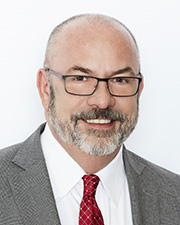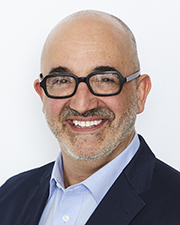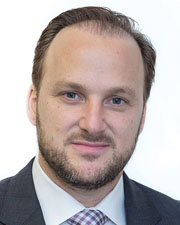


The state of the industry
The last several years have necessitated a serious reconsideration of efforts towards diversity, equity and inclusion (DEI), as well as the sustainable and ethical impacts related to environmental, social, and corporate governance (ESG) considerations for almost every major organization. The commercial real estate industry is working to diversify and refocus initiatives to foster a more equitable industry while also considering broader responsibility in terms of company culture, community impact, and the environment itself.
Never has this been as crucial to the success of organizations as it is now: a recent study from consultancy firm KPMG suggests that 46% of respondents expressed that they want the company they work for to demonstrate green credentials, with 20% claiming that they’ve turned down job offers for organizations with ESG commitments that weren’t in line with their values. It’s clear that these factors will become progressively critical for long-term success as they become ingrained in the way that existing team members and potential talent make decisions.
Broadly, it seems that despite the upward trend in attention to these considerations, DEI initiatives throughout the industry are still generally lacking. The 2022 Global Real Estate DEI Survey notes that of 175 firms, only 30.4% of respondents had dedicated DEI budgets, with the vast majority falling within the purview of tangential departments like human resources. Additionally, a survey from Anshin noted that 71% of respondents do not have an employee committed to DEI initiatives at their company. With these figures in mind, how can organizations effectively launch successful internal programs and/or bolster existing initiatives?
Internal considerations
The most important part of enhancing broader goals surrounding DEI and ESG is to cultivate an internal culture that focuses on these areas, creating an environment where these principles are not only prioritized, but ingrained into the DNA of the organization itself. This involves examining (and potentially adjusting) the mission, vision, and values of an organization. After a clear foundation of principles and goals have been set, the brand must then conceptualize and implement tangible practices and programming surrounding these initiatives. This might take the form of establishing more robust systems for continuing education, bringing on additional consultants for targeted assistance, or creating dedicated positions to strengthen existing efforts. The onus lies on organizations to begin fully coordinating internal initiatives before they yield any substantive external results.
Ultimately, framing conversations internally provides a platform to communicate and influence external decision-making to further prioritize both DEI and ESG. Meaningful external change must begin internally—aligning brand values with firm practices, championing design that works to prioritize these considerations, and carrying them through to clients and partnerships outside of the firm. Embracing these initiatives in a purposeful way serves to create additional opportunities to reinforce them outside of their internal context.
External influence and actionable implementation
Once organizations/brands have framed internal initiatives and strategy to supplement considerations surrounding equity as well as social and environmental responsibility, it becomes more intuitive to effect real change in the industry. Incorporating equitable and sustainable design is an integral part of any contemporary project—whether taking into account the principles of neuro-architecture to accommodate cognitive differences in the workforce, or focusing on the environmental impact that a new build or renovation might have on team members, clients, and the communities in which they serve.
Beyond the physical, it’s important to carry these overarching principles into not only the interpersonal interactions between various stakeholders, but also to the operational and administrative sides as well. In an environment where clients are increasingly interested in receiving metrics and specific numbers that demonstrate commitment to DEI and ESG, these considerations not only constitute the correct thing to do, but also represent substantial added value in terms of changing expectations in the commercial real estate space.
In closing
In the AEC industry, we are able to exercise undue influence as it relates to the impact of the built environment, and the very ways in which our finished products impact (and will continue to impact) the communities they exist within. Though we’ve continued to make strides in sustainability (through opportunities such as the AIA 2030 climate agreement) as well as equity and diversity in the industry, there remains work to be done. Organizations should be focused on fostering a sense of belonging among the workforce, encouraging open-mindedness, creating a continued dialogue, and ensuring that an organization’s culture is one that not only welcomes differences but also celebrates them. As industry professionals and leaders, we must be committed to fostering environments that provide equity for staff, New York’s wider commercial real estate community, and the surrounding environment. We will continue striving to embed DEI and ESG initiatives into our larger organizational structure and culture.
Buzz Riley, LEED AP, and Julio Braga, FIIDA, LEED AP, are principals at FCA. New York, N.Y.


